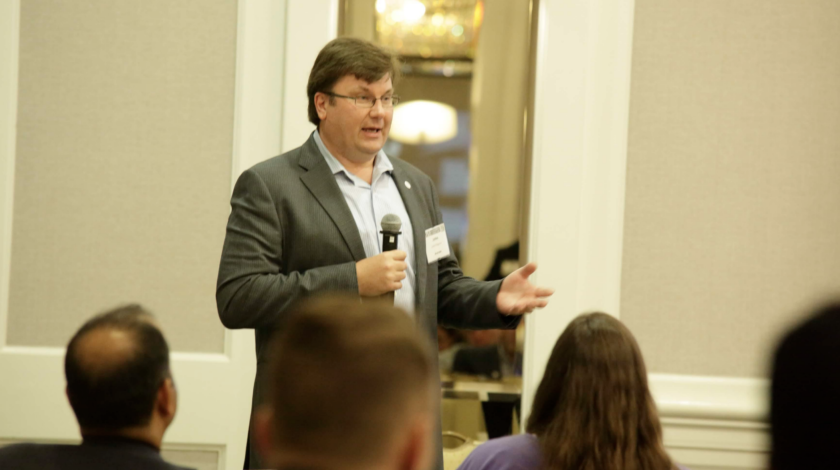Exclusives

HITS Spring: Creative Artists Can Benefit from AI, Avanade Says
Story Highlights
Artificial intelligence (AI) may seem to be a contradiction to the entire concept of the creative process, but the technology can actually be used to help creative artists perform certain parts of their jobs, according to Jukka Paajanen, regional innovation lead at Avanade.
AI is especially useful in managing mundane and repetitive tasks, so creative artists can instead focus on the creative aspects of their businesses, he said May 17, speaking during a breakout session at at the HITS Spring: The Hollywood Innovation & Technology Summit.
AI was a major topic throughout the summit, he noted during a session called “Keep Your Organization’s Focus on Creativity by Using Artificial Intelligence.”
“The first question that I keep running into” is whether AI will “take over the creative side” of the media and entertainment business and “are we going to have robots creating movies?” he asked rhetorically. His response: “Maybe, maybe not … [but] I don’t think it’s going to happen anytime soon.”
After all, he said: “Creative is still the domain of humans. You know, it’s all about the surprise. It’s about doing something different — making people feel different.”
But he added: “What AI is usually good at … at least the way we see it” — and this will continue to be the case “for the next, let’s say, five to 10 years at least — is doing more of the same … mundane tasks, finding new patterns; but not doing that real creative process.”
Avanade is “dabbling with AI” and art, he noted, telling the summit his company built neural networks using TensorFlow open-source software. As part of that project, it can take a picture of the Golden Gate Bridge today, for instance, and the “style of a master” painter like Van Gogh can be applied “to that modern picture,” he said.
So, “there are parts of AI that can even help art,” he said. But he added: “I don’t think we’re creating new art. I think we’re still mimicking the old and trying to figure how to do things better. So, from our perspective, it’s not about trying to replace the artist or the creator. It’s about trying to give them more tools … to make them more productive and do better work faster, so they can” focus their efforts on what they’re best at.
He went on to point out that AI is “such a huge area” of technology. “I don’t think there is one unified definition of AI,” he said, noting that while “some people love to talk about machine learning, deep learning … others are talking about number crunching, analytics and predictions [and] other people are talking about … automation.”
Regardless of what an organization is using AI for, the key is to use the data generated by AI for “something that actually matters” and to help run one’s business better, he said.
“The best” user interface (UI), meanwhile, is “when there is no UI: the best UI is when the interaction is completely natural for [the] actual process,” he said.
HITS Spring was produced by the Media & Entertainment Services Alliance (MESA) and the Hollywood IT Society (HITS), in association with Women in Technology: Hollywood (WiTH); the Content Delivery & Security Association (CDSA) and the Smart Content Council. The event was presented by Entertainment Partners, with sponsorship by Expert System, LiveTiles, Microsoft Azure, Ooyala, Veritone, Amazon Web Services, Avanade, Avid, IBM Security, MarkLogic, Aspera, Light Point Security, MicroStrategy, SAS, Scaeva Technologies, Western Digital, Brainstorm, Zaszou IT Consulting and Bob Gold & Associates.
To access the Avanade presentation, click here.









